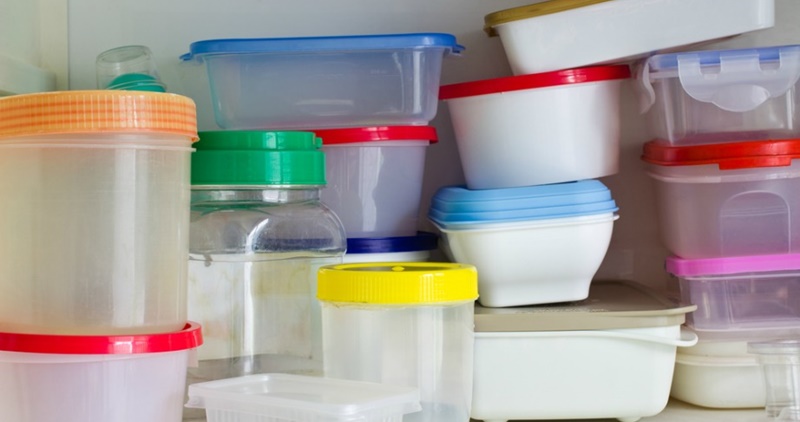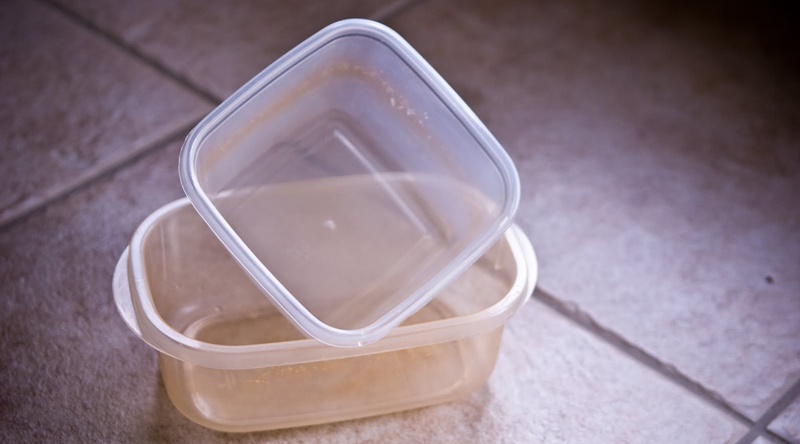1 Old Plastic Containers with Unknown Origins and a Lifespan of Over 10 Years
It is only recently that people have begun to pay attention to the potential dangers posed by certain plastic components such as Bisphenol-A and Phthalates. These chemicals can leach into food when stored in old plastic containers, posing a significant health risk to consumers.
Many reputable manufacturers now assure customers that their plastic products are safe and free from harmful substances. However, older containers, particularly those that are over a decade old and lack clear origins, may still contain toxic elements.

To ensure safety, it is recommended to discard old plastic containers that have been used for more than 10 years. When purchasing new ones, opt for products from reliable and well-known brands that guarantee the absence of toxic chemicals.
2 Containers with Damaged or Missing Lids
The lid plays a crucial role in maintaining the safety and preserving the flavor and quality of the food stored within. If your plastic container’s lid is damaged or missing, it is best to discard it and not use it for food storage anymore, unless you have a replacement lid of the same size and material.

3 Ineffective Cleaning
If, despite your efforts to clean your plastic containers with methods such as soaking, scrubbing, or using baking soda, stains and odors persist, it is a sign that the container is too old and dirty to be used for food storage. Continued use may result in food contamination, affecting taste and safety.

4 Deformed Container Structure
Pay attention to any deformities in the structure of your plastic containers. If the container has melted due to exposure to high temperatures from stovetops or electronic devices, or if the surface is covered in scratches, it is best to discard it. Chemicals from the container can seep through these scratches and affect the food stored within, posing a health risk.

If you’re unsure whether to buy new food storage containers, this article will help you make an informed decision.
5 Choosing the Right Plastic Food Containers
When selecting plastic food containers, consider the volume of food you typically store. For larger quantities, opt for containers with a capacity of 700 ml or more. Additionally, square or rectangular containers are recommended as they are more space-efficient in the refrigerator, allowing for better organization.
On the bottom of plastic food containers, you will typically find a triangle with an arrow and a number ranging from 1 to 7, indicating the type of plastic and the number of times the container can be reused for food storage. Choose the one that suits your needs based on this information.
 Pay attention to the numbers on the bottom of your plastic food containers
Pay attention to the numbers on the bottom of your plastic food containers
For more information:
Reference: thekitchn.com































